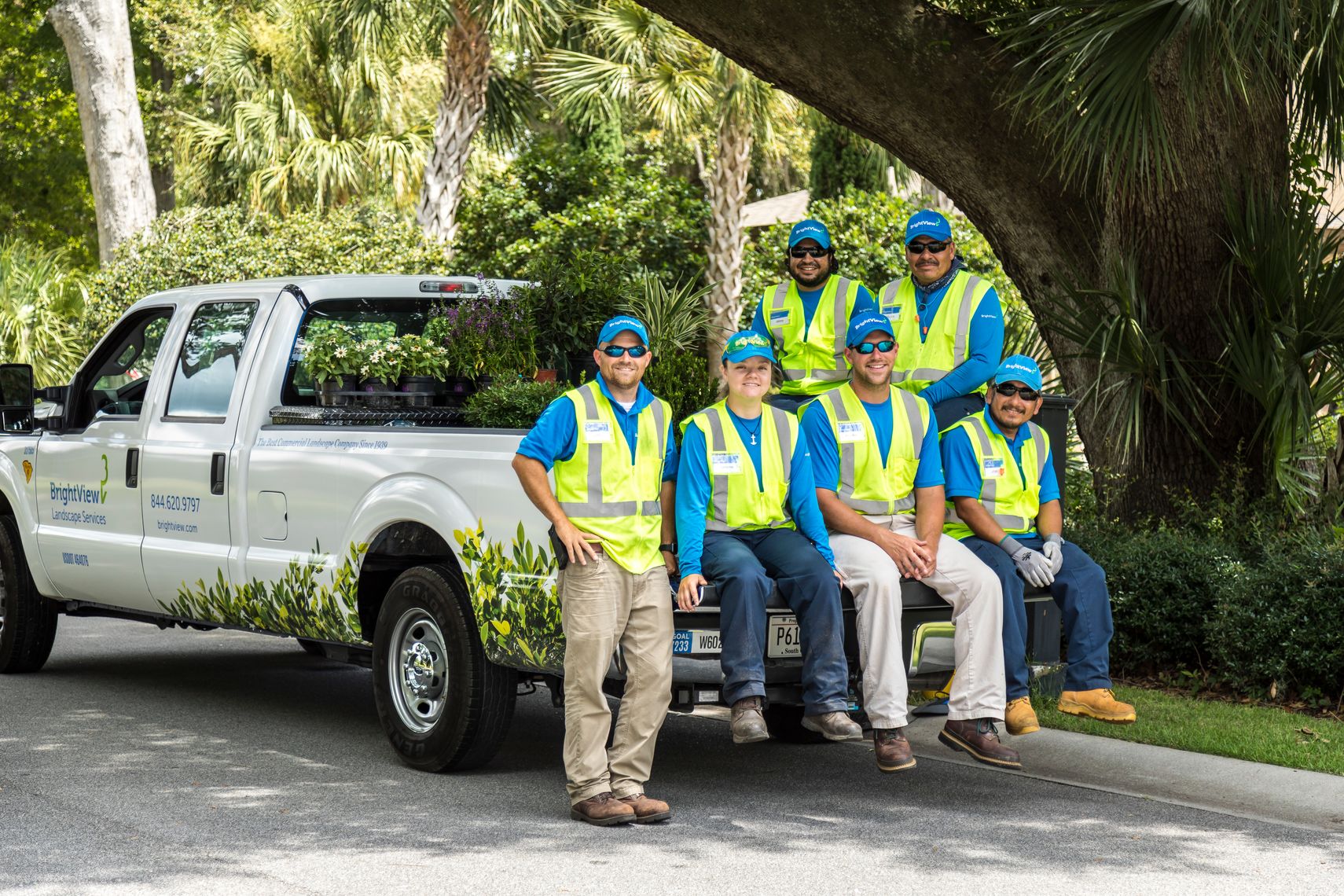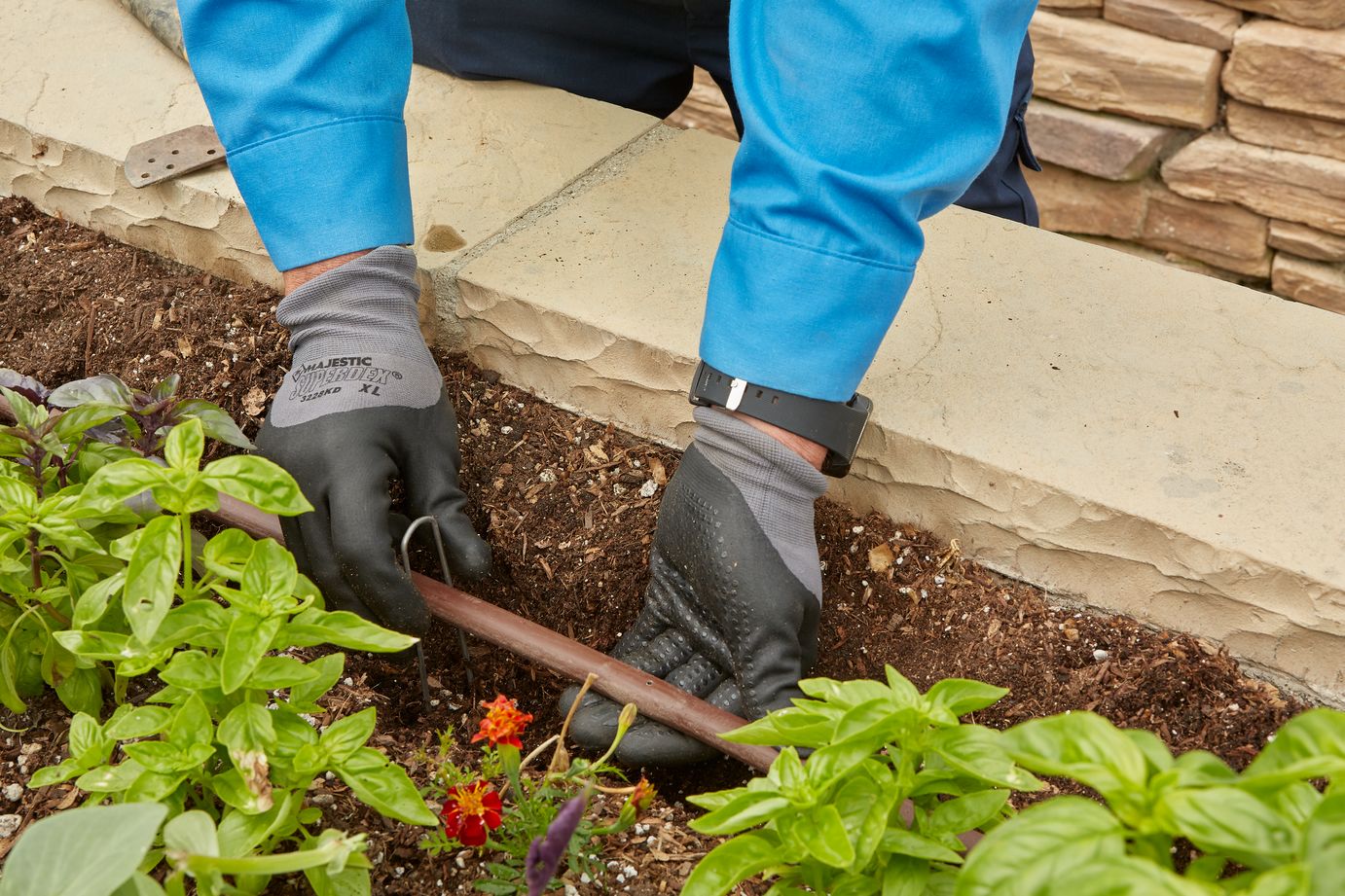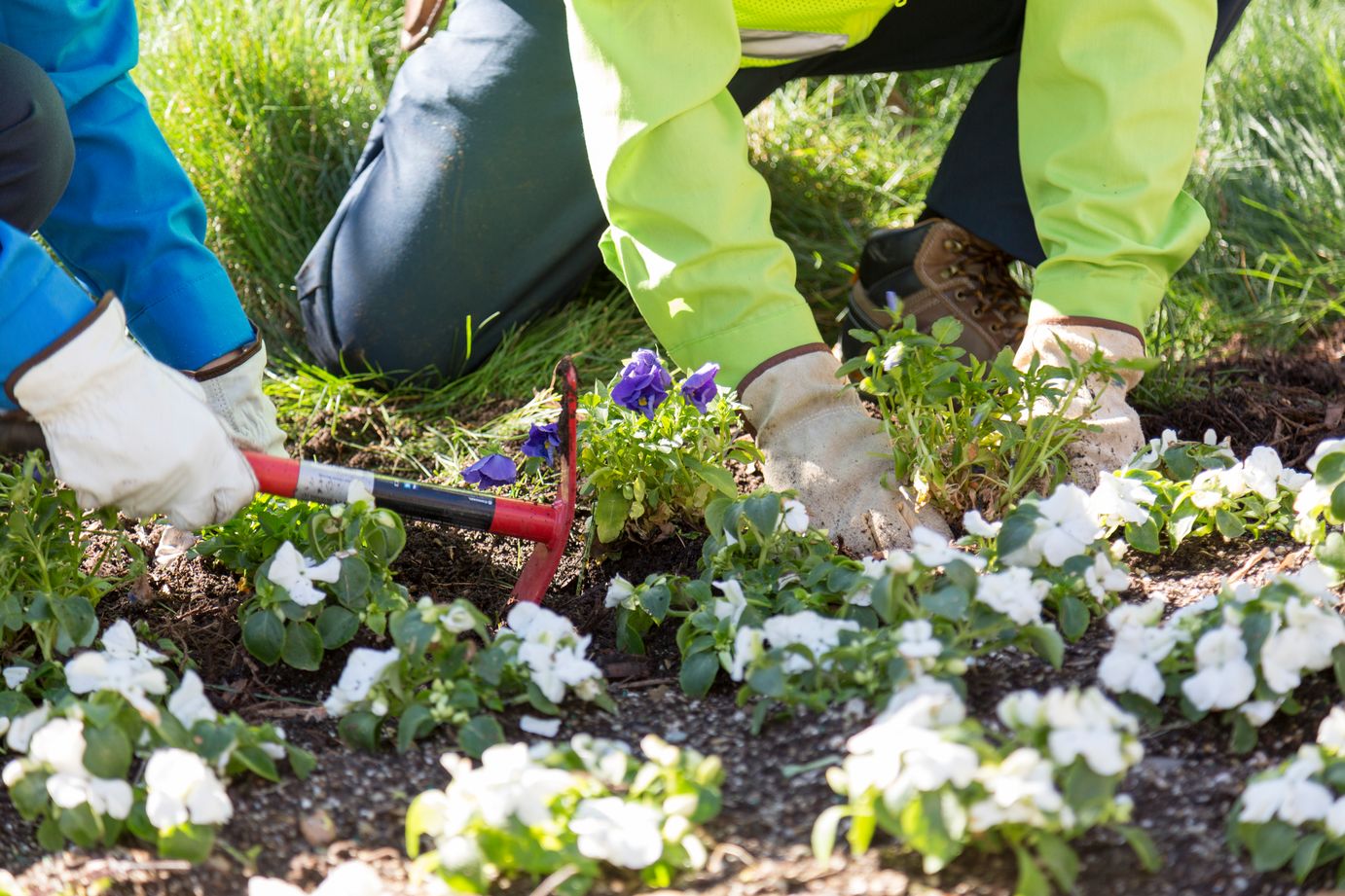
Landscape Maintenance Contracts 101
Five questions to ask before signing on the dotted line
No two landscape maintenance contracts are the same — so how do you know yours is right for you? Use the Five W's as your guide. The famous “who, what, where, when, and why” method is also a useful tool for evaluating whether a landscape maintenance contract will serve you and your landscape well. Just like negotiating a snow and ice removal contract, knowing what to ask during the process is crucial. Let’s break it down:
Who: Know Your Team

It’s important to know your property will receive the attention it deserves and service will be performed by qualified individuals to mitigate risk. Don’t hesitate to inquire about insurance coverage, any special licensure your state might require (such as pesticide or herbicide applicator licenses), certifications, and references. You should also confirm whether any services will be subcontracted.
Keep in mind, commercial landscape maintenance contracts are generally performance-based and not contingent upon a set number of man hours. This is because your property will likely require more service during active growing seasons — like spring and summer — than it will during colder months. Notwithstanding, don’t hesitate to ask your landscape partner for more details if something seems amiss. You should feel confident the plan outlined will help you achieve the results you desire.
What: Scope

Landscape maintenance can mean a lot of things; your contract should clearly outline what it means for your property specifically. Look for the following:
- Mowing
More than clipping the grass, your contract should also specify edging and blowing.
- Lawn Care
Keeping your lawn in top form may require regular applications of a pre-emergent and fertilizer, plus core aeration, and overseeding.
- Bed Maintenance
This should include regular weeding, pruning, mulch, and fertilization.
- Irrigation
Good irrigation management includes regular system inspections and periodic audits, as well as winterization, if applicable.
Some landscape maintenance contracts may also include the following services:
- Tree Care
Your landscape provider might specific they’re able to perform basic tree care services and pruning for trees up to a certain height. Consider whether this will be adequate for your property. Properties with larger, mature trees may need the attention of a certified arborist and dedicated tree care crew.
- Pest Control and Disease Treatment
Pests and disease can wreak havoc on your landscape. Proactive treatment and early detection are the best course of action. For any ongoing treatments, your contract should specify what pests or diseases will be targeted. And, if your property has any preferences for the types of agents used, such as organic pest control, that should be specified in writing as well.
- Enhancements
If you’ve included services such as seasonal color design and installation, landscape renovation, or holiday décor in your contract, the timeline for completion, budget, and materials to be used should be specified.
When: Frequency and Seasonal Services, Start and End Dates

Your contract should detail the timing for season-specific services. For example, your property may require more frequent mowing during the summer, but not at all during the winter. Here are more examples to consider:
- Winter: dormant pruning
- Spring: seasonal color, fertilization
- Fall: blow leaves, cut back perennials, prune
Finally, your contract should also clearly state a start and end date, the process for renewal, and how maintenance services will be adjusted in the event of inclement weather.
Where: Spell Out the Location

Sure, your property address is quite clear on the contract, but is it obvious where the seasonal color should be installed? The location-specific services will be performed on your property should be drawn out. In fact, some contracts literally include drawings for clarity.
Are there certain areas of your property you don’t want included in your contract? Perhaps you have native wetlands or an employee-maintained vegetable garden that should be left untouched. Or maybe you have water features or ponds that require specialized service. This should also be spelled out within your contract to avoid misunderstandings.
Likewise, if certain areas require additional attention or out-of-the-ordinary requests, those should be detailed as well. While you may have discussed these items in detail with your landscape provider and feel confident everyone is on the same page, it’s best practice — and protects all parties — to put it in writing.
Why: Make the Benefits Clear
Finally, the benefits of all the services your landscape provider has recommended should be clear. Set the stage for a great partnership with clear communication. If you have your doubts about any aspect of your landscape maintenance plan, now is the time to speak up. Communication is the foundation of a good relationship, even with your landscape partner.
Great Service, Beautiful Landscapes
Benefit from a comprehensive landscape maintenance plan designed to meet your needs and exceed your expectations, all delivered by a team invested in your success.




